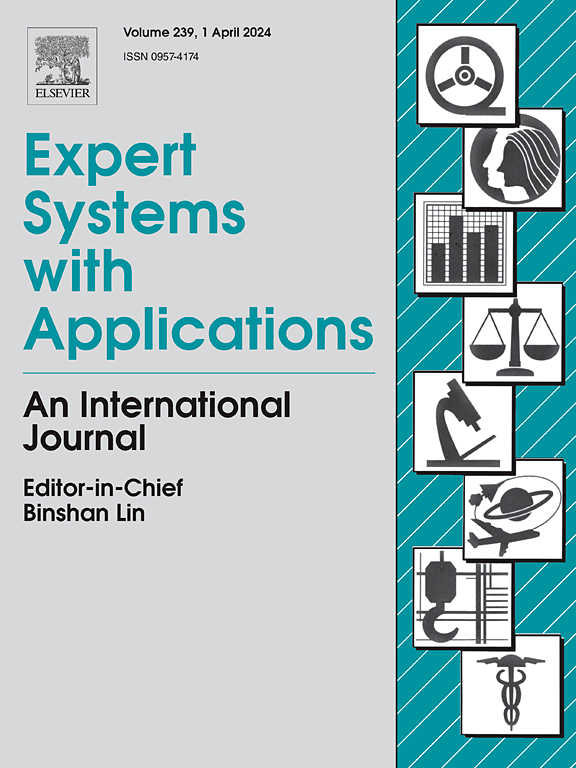Queue length estimation for signal controlling in a connected environment
IF 7.5
1区 计算机科学
Q1 COMPUTER SCIENCE, ARTIFICIAL INTELLIGENCE
引用次数: 0
Abstract
Queue length at signalized intersection is an important measure that helps design and operate road networks. Queue length information can be shared with road users allowing them to take choose alternative path to avoid delay. In addition, it can be used to determine storage lane length and spacing between two adjacent intersections to avoid grid blockage. This paper focuses on queue length estimation at signalized intersection using Discrete Event Simulation (DES). The developed model using DES is built using Python programming language based on hypothetical data. The model embraces stochastic behavior for both Arrival and departure vehicles at the intersection by following Poisson. Process with exponential distribution of the inter-arrival time. The simulation is done under six different v/c ratios starting from 0.3 to 0.8 with one tenth increment. The results then compared with microsimulation software VISSIM results of the same intersection. The results from DES model and VISSIM model are close to each other with percentage error of 11%. This percentage represent two vehicles at max in the six scenarios. In addition, the developed model does not need calibration nor validation unlike VISSIM. Moreover, the computation time of the developed model found to be significantly faster with 0.2 s while the microsimulation software need 105 s to complete the simulation at maximum speed considering that both models’ simulation time is one hour.
求助全文
约1分钟内获得全文
求助全文
来源期刊

Expert Systems with Applications
工程技术-工程:电子与电气
CiteScore
13.80
自引率
10.60%
发文量
2045
审稿时长
8.7 months
期刊介绍:
Expert Systems With Applications is an international journal dedicated to the exchange of information on expert and intelligent systems used globally in industry, government, and universities. The journal emphasizes original papers covering the design, development, testing, implementation, and management of these systems, offering practical guidelines. It spans various sectors such as finance, engineering, marketing, law, project management, information management, medicine, and more. The journal also welcomes papers on multi-agent systems, knowledge management, neural networks, knowledge discovery, data mining, and other related areas, excluding applications to military/defense systems.
 求助内容:
求助内容: 应助结果提醒方式:
应助结果提醒方式:


